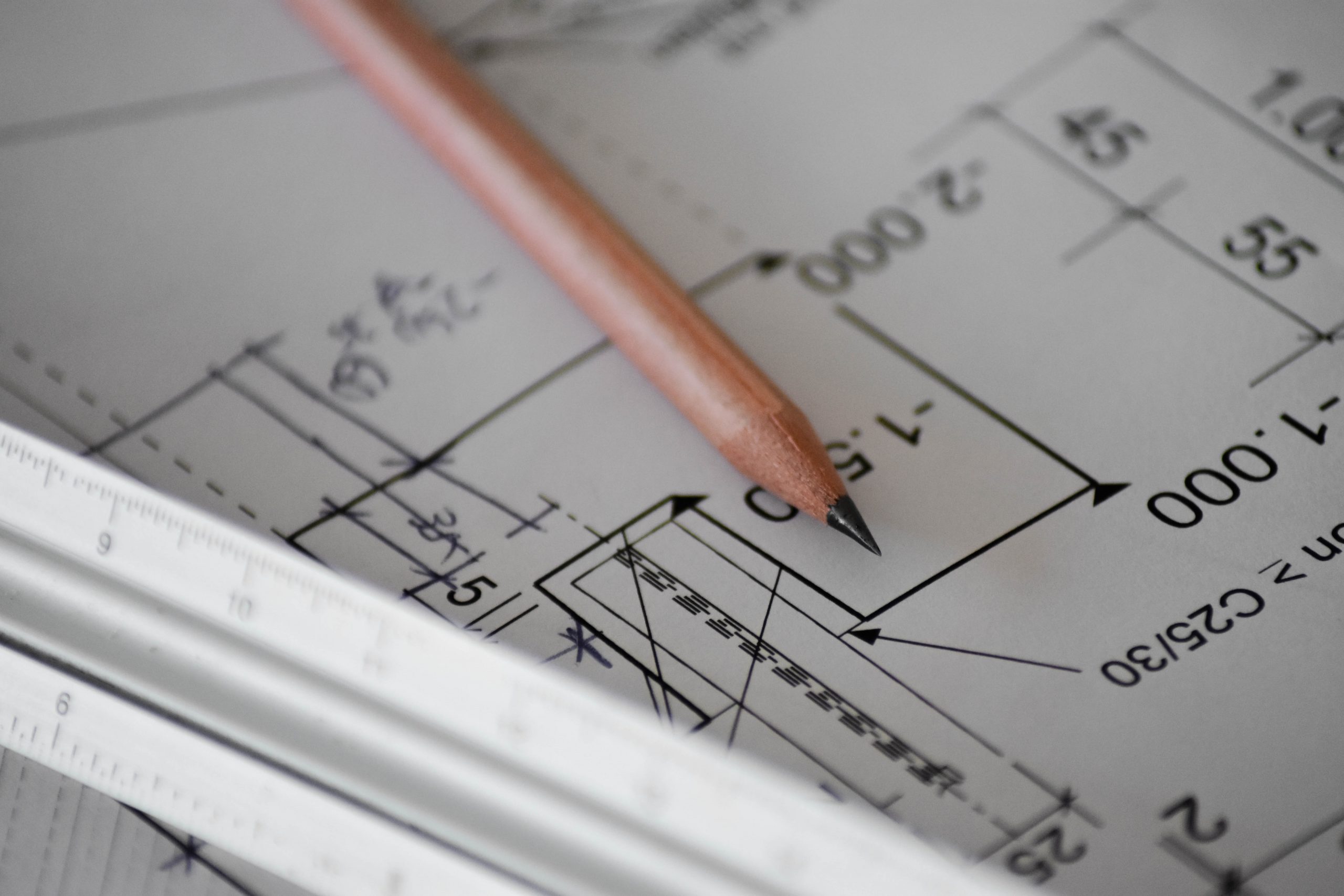Building a detached garage on your property has many benefits. From adding square footage to your property to providing you with a separate space to be creative with, the possibilities are truly endless. The garage planning and building processes are straightforward if you follow all the necessary steps. The problem is when homeowners try to rush and build a garage without doing their due diligence ahead of time. Rushing your garage build can lead to issues down the road and can delay the process. Before diving headfirst into garage planning, go through the garage project checklist provided by Behm Design and learn about some common mistakes homeowners might make when starting their project.
Skipping a Meeting with Your Local Building Department
Visiting your local Building Department is a necessary step required before building a detached garage on your property. The Building Department will provide you with the rules and regulations about adding a structure to your property. You will also need to apply for a building permit. Bring a set of your garage plans with you, as this is necessary to obtain the building permit. The Building Department will also look at your plat to fully understand your property, whether a detached garage is feasible, and whether a permit can be issued.
Failure to Learn About Zoning Rules For Garage Planning
Zoning rules are essential because they will guide your decision about which garage plans to pick. They also help you know where you can build the garage on your property. Your local Building Department will share zoning criteria and help you figure out which zone you live in.
One crucial zoning law to keep in mind is building setback rules. A setback rule tells you how close to the property line you can build. Another important rule is the percentage of your lot that can be covered by a structure. This rule will guide the size of garage you can build on your property. Some Building Departments have zoning laws regarding maximum allowable building height, which could also direct your decision about which garage plans to pick. In addition to these rules, some localities have other rules about special conditions and limitations for accessory buildings on residential properties. These limitations are critical to understand before you pick out your plans. Are you planning to turn the room above the garage into an Airbnb or mother-in-law suite? Do your research, because certain places have rules against this practice.
Picking a Design That Isn’t Feasible on Your Property
A homeowner may love a garage design, but it might not necessarily be feasible for their property. To determine feasibility, homeowners must study their land to understand if building the garage they want is possible. Here are some potential issues that come up during feasibility studies:
- Soil draining ideas
- Poor soil for building
- Topography that needs leveling
- Trees that need clearing
- Proximity to well or septic drain fields
- Strict HOA rules regarding detached structures
Sound overwhelming? Don’t worry – you won’t have to do a feasibility study all on your own. Hire a team that includes professionals like engineers, lawyers, architects, and soil specialists to help you gauge the feasibility of your project.
Not Taking the Time to Budget During the Garage Planning Process
Another mistake homeowners often make when taking on a big project is not budgeting ahead of time. Failing to create a budget is detrimental because there’s no turning back once construction begins! Nobody wants the foundation of their garage to be built and then run out of money so that the rest of the project cannot be completed. Avoid this problem by creating a detailed budget at the outset. Include any costs you can think of to avoid surprise expenses down the road. Also, home improvement projects have a tendency to be more expensive than planned. Always allow yourself some wiggle room when creating your budget in case the process is pricier than you had thought.
Forgetting to Investigate Additional Items
During the garage planning process, don’t forget to investigate all necessary additional items. For example, meet with a representative from your HOA to learn about detached structures rules and regulations. You might be excited about picking a Victorian-style garage that you plan to paint yellow, but your HOA might inform you this doesn’t fit with your modern neighborhood, where all houses must be white, gray, or beige.
Extreme weather is another factor that needs to be considered before building a detached garage. Depending on where you live, your garage might need to meet specific earthquake engineering standards or heavy snow load requirements. If you live in an area where you think the weather might be an issue that affects your garage, discuss this possibility with your local Building Department.
Building a detached garage is exciting, and it can be used for so many different things. Examples include a workshop, home gym, art studio, office, and more! There is even the potential to make money off your garage if you pick a design that includes an apartment you can rent out. Before going full speed ahead with the garage planning process, though, slow down and take a deep breath. There are many factors that need to be considered before you pick out plans and start construction to ensure that your dream garage is actually feasible on your property. For more information about garage designs and the planning process, contact Behm Design today.

